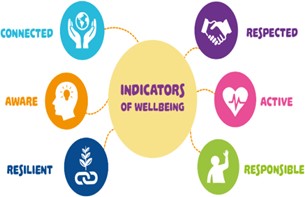Which nursing intervention constitutes false imprisonment?
A client is confused and combative. The nurse restrains him and then immediately seeks a physician’s order.
A client has been seeking the attention of the nurses at the nurse’s station much of the day. The nurse escorts him to this room and tells him to stay there or he will be put into seclusion.
A psychotic patient admitted involuntarily runs out of the psychiatric unit. The nurse follows him and succeeds in taking the client into returning to the unit.
A client hospitalized as an involuntary admission, attempts to leave the unit. The nurse calls the security team and acts on established protocol: they prevent him from leaving.
The Correct Answer is B
A client has been seeking the attention of the nurses at the nurse’s station much of the day. The nurse escorts him to this room and tells him to stay there or he will be put into seclusion.
This nursing intervention constitutes false imprisonment because it involves unlawfully restraining the client against their will. In this case, the nurse is using the threat of seclusion to coerce the client into staying in their room, which could be considered unlawful restraint.
Nursing Test Bank
Naxlex Comprehensive Predictor Exams
Related Questions
Correct Answer is D
Explanation
working with a client in crisis, the nurse’s priority intervention should be to ensure the client’s safety. This involves assessing the client’s risk for harm to themselves or others and taking appropriate measures to prevent harm. Once the client’s safety has been ensured, the nurse can then focus on other interventions such as decreasing the client’s anxiety and identifying previous experiences and coping methods used.
Correct Answer is ["A","B","D","E"]
Explanation
These are all indicators of mental health. Perception of reality refers to the ability to accurately perceive and interpret the world around us. Love and belonging refer to the need for social connections and relationships. Positive self-thought refers to having a positive self-image and self-esteem. Environmental mastery refers to the ability to effectively navigate and control one’s environment. Dependency is not an indicator of mental health.

Whether you are a student looking to ace your exams or a practicing nurse seeking to enhance your expertise , our nursing education contents will empower you with the confidence and competence to make a difference in the lives of patients and become a respected leader in the healthcare field.
Visit Naxlex, invest in your future and unlock endless possibilities with our unparalleled nursing education contents today
Report Wrong Answer on the Current Question
Do you disagree with the answer? If yes, what is your expected answer? Explain.
Kindly be descriptive with the issue you are facing.
